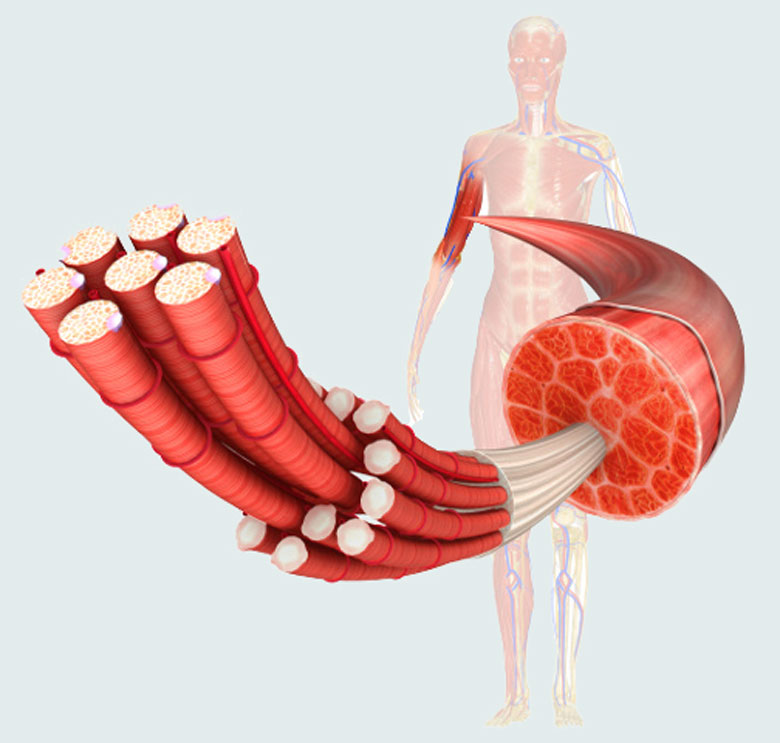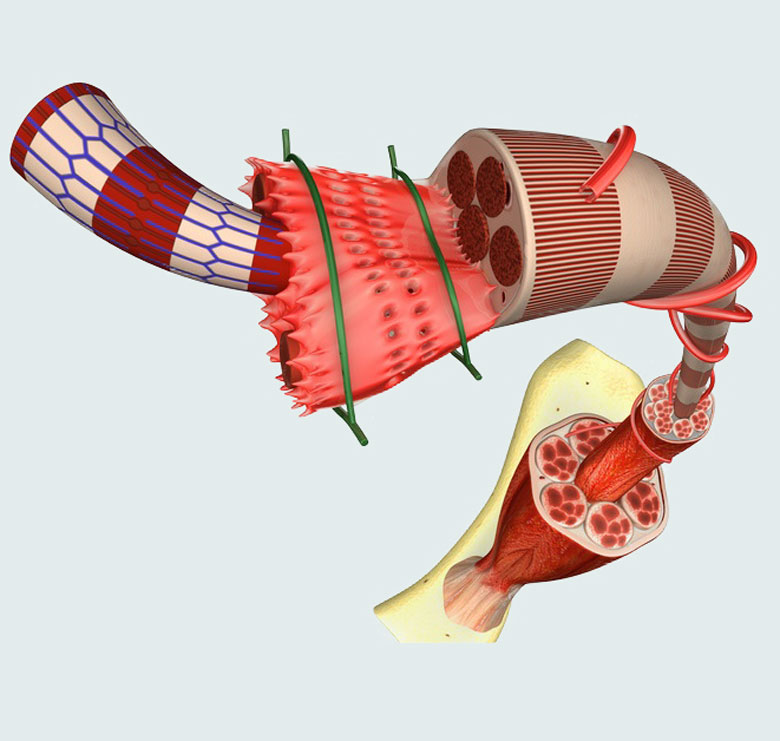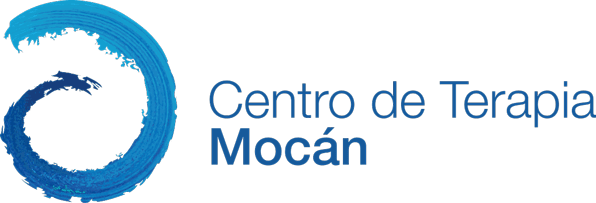Fasciatherapy
Relief of pain and tension
Fascias are connective and supportive tissue in the body that surround the muscles, organs and the skeleton. The fascias form a three-dimensional network that give us shape and support.
Blood vessels, lymph vessels and nerves run through, between and inside the fascias to the regions they supply. They contain numerous nerve fibres, which makes them very sensitive, which is why they respond to tension and impairment of the fascia system with a sense of well-being in the case of the former, and pain in the case of the latter. They are composed of liquid for the most part, and they run through our bodies in continuous and all-pervading fashion, i.e. they are connected together, which explains, among other things, why they sometimes transmit symptoms / sensations of pain.
To illustrate this, imagine that all of the organs, bones and everything else have been removed from your body, with the exception of the fascias… The remaining “shell” would be unequivocally identified as belonging to you.
Relaxed, flexible fasicas are therefore needed for good and proper functioning of the supply and disposal channels in the body’s tissue.

Prolonged postural dysfunction, muscle tenseness, injuries or operations can result in adhesions of the fasicias. It has also been proven that stress can likewise cause contractions of the fascias as a result of changes in hormone metabolism (principally adrenaline). The results are – as we have long observed in daily practice – localised as well as radiating pain in the affected areas.
Apart from manual treatment of fascias, patients are also made familiar with Blackroll products, which they can also use themselves to dissolve the adhesions. This allows the patients to avoid additional muscle tension. For this reason, we also offer regular fascia fitness courses in which we treat the body using stretching and mobilisation exercises as well as fascia rolls and balls.



